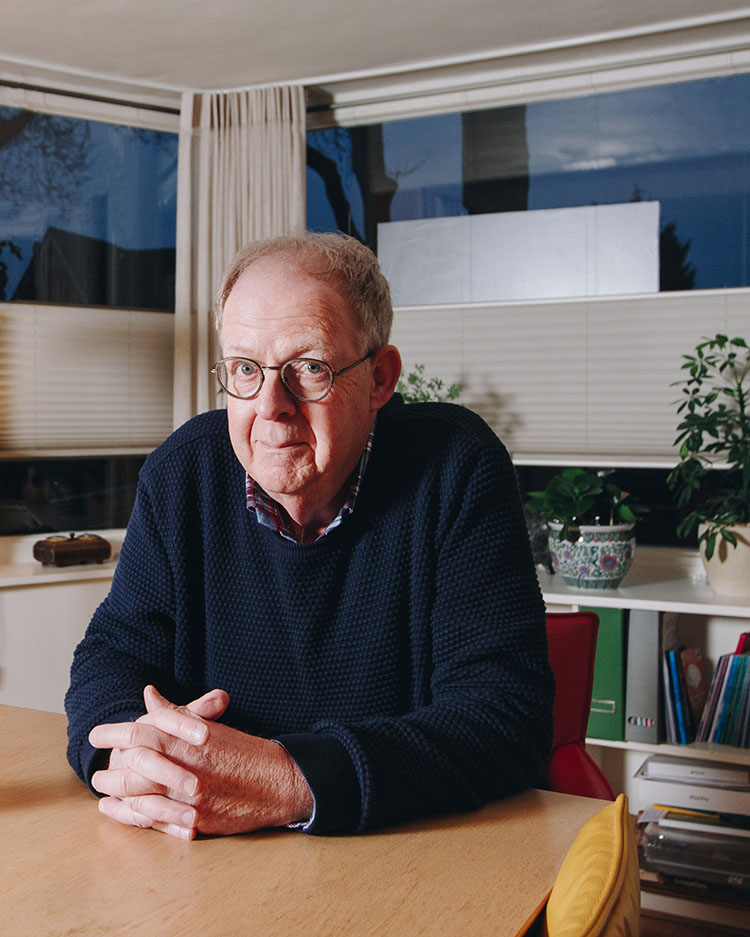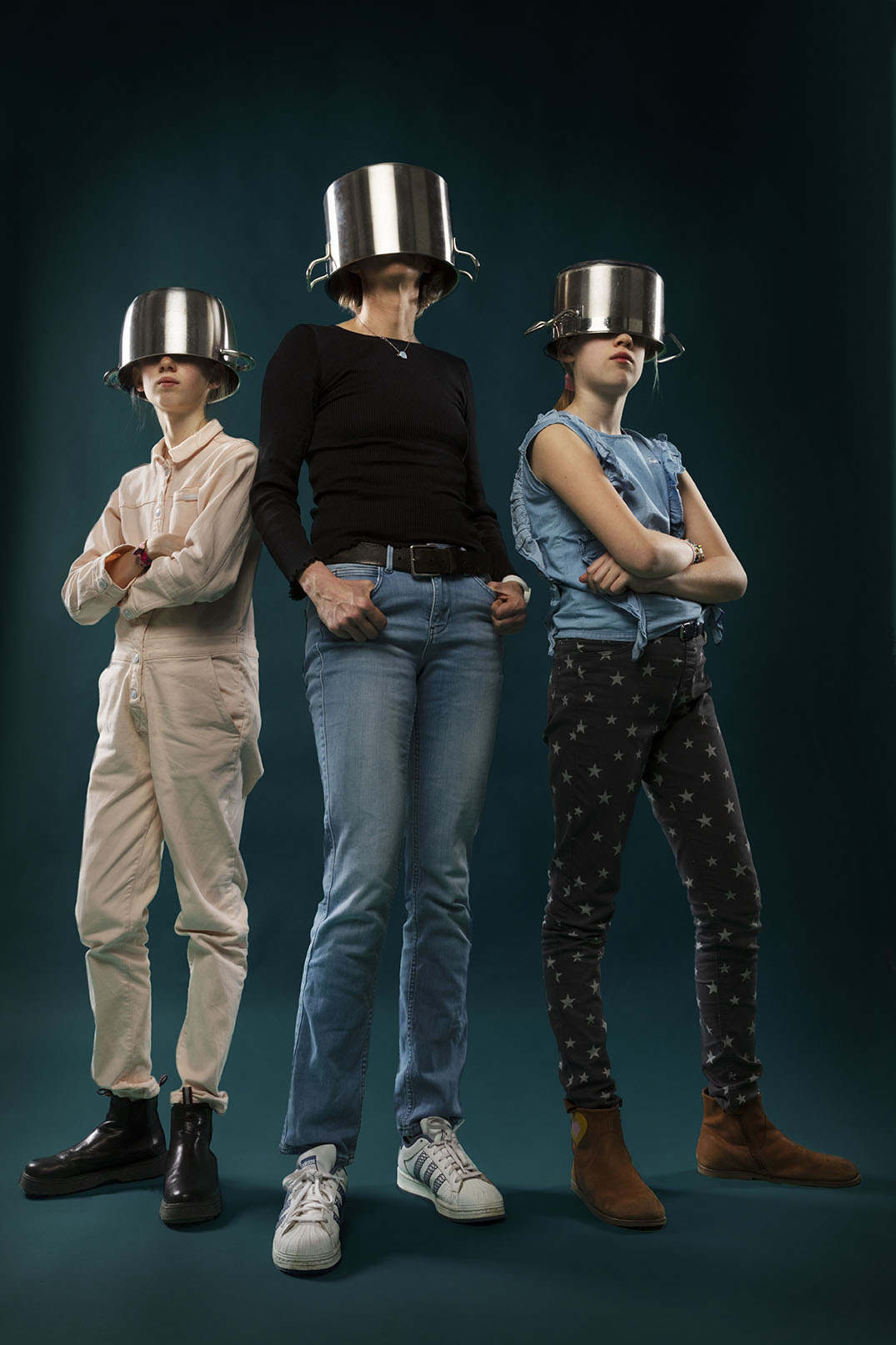Maastricht Law and Tech Lab: where the humanities and sciences join forces
Artificial intelligence (AI) is booming. For lawyers, this raises many new questions. Who is liable for an accident involving a self-driving car? Can a robot be a legal entity? How should private data be protected? Research on the legal issues surrounding new technologies has become a fixture at most universities. What has received less attention is how AI itself can be applied in the study and practice of law. This is where the Maastricht Law and Tech Lab comes in.
“As far as I’m aware, this is the only place in the Netherlands, perhaps all of Europe, where such a large group of legal researchers are working with data science and linking it to empirical questions in legal research. The answers to those empirical questions can be fed into policymaking”, says Professor Gijs van Dijck. Together with Dr Catalina Goanta and Dr Marcel Schaper, he founded the Maastricht Law and Tech Lab in 2018.
Computers beat brains at making sense of masses of case law
Take network analysis, a computational technique with, according to Van Dijck and Schaper (Goanta is currently abroad), vast potential for the legal profession. Computers work much faster than the human brain and can process far more information. Van Dijck: “As a lawyer, if you want to solve a problem, you read the case law [the collection of past legal decisions], think hard and try to come up with intelligent things to say. Lawyers do that well, and have been doing so for thousands of years, but the number of verdicts and the amount of legal data has risen so sharply that it’s no longer possible for the human brain to comprehend all that information.” Schaper: “If I have more than 300 verdicts, I can no longer categorise and structure them in my head and make connections between them. It’s too much for my brain – but not for a computer.”
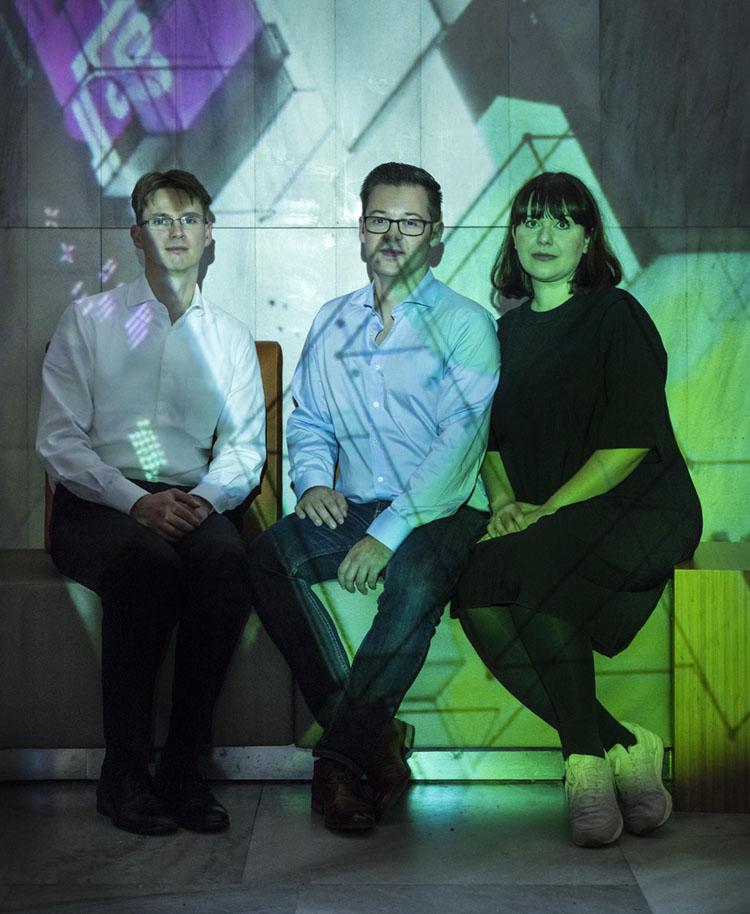
The Maastricht Law and Tech Lab was founded in 2018 by Gijs van Dijck, professor of Private Law, Marcel Schaper, associate professor of Tax Law, and Catalina Goanta, assistant professor of Private Law. More information about the Lab can be found here.
The Lab's official launch took place during a conference on 17 and 18 October.
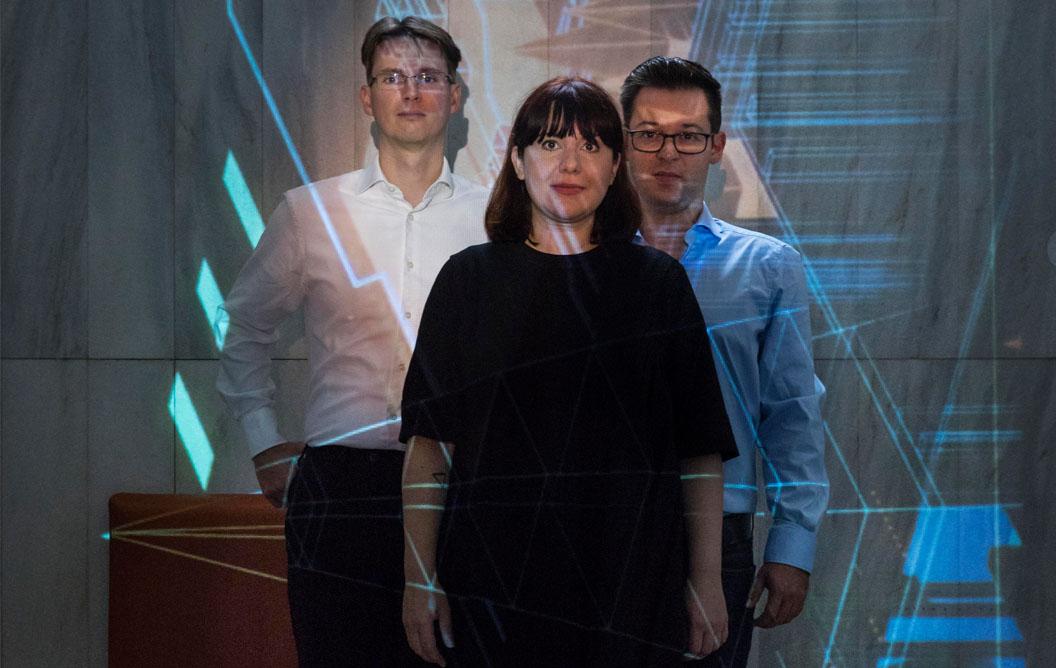
Gijs van Dijck, Catalina Goanta and Marcel Schaper
If network analysis in particular and data science in general can be so useful, why do they figure so rarely in legal research? Van Dijck: “Lawyers are often bad at maths and want to avoid numbers at all costs. They’re also not empirically trained, so they won’t immediately turn to a method from data science. But so far almost everyone who’s seen what we’re doing is enthusiastic and sees the potential for his or her research.”
The lawyers looking beyond the law
It is no coincidence that Van Dijck and Schaper themselves have broader-than-usual backgrounds. Although he chose to pursue law, at school Van Dijck was good at maths, and he still has a technical itch that needs scratching. Schaper, having studied Business Economics at UM in addition to Tax Law, is familiar with quantitative research methods. Both saw that there was a different and better way of doing things, and together they decided to set up the Maastricht Law and Tech Lab (‘the Lab’). “We want to be a platform that focuses explicitly on technology for law alongside law for technology”, Van Dijck says.
Technology for law is in its infancy
Schaper: “We’ve reached a stage in which we can apply specific computational techniques like network analysis to legal questions, but the translation of general algorithms to the field of law, and exactly how they can be applied there, is not yet clear. There’s still very little evidence as to which algorithm you can use to answer which legal question. Medical science has made much more progress; in bioinformatics they’ve developed all kinds of applications for their own field. We’re lagging behind in that regard.”
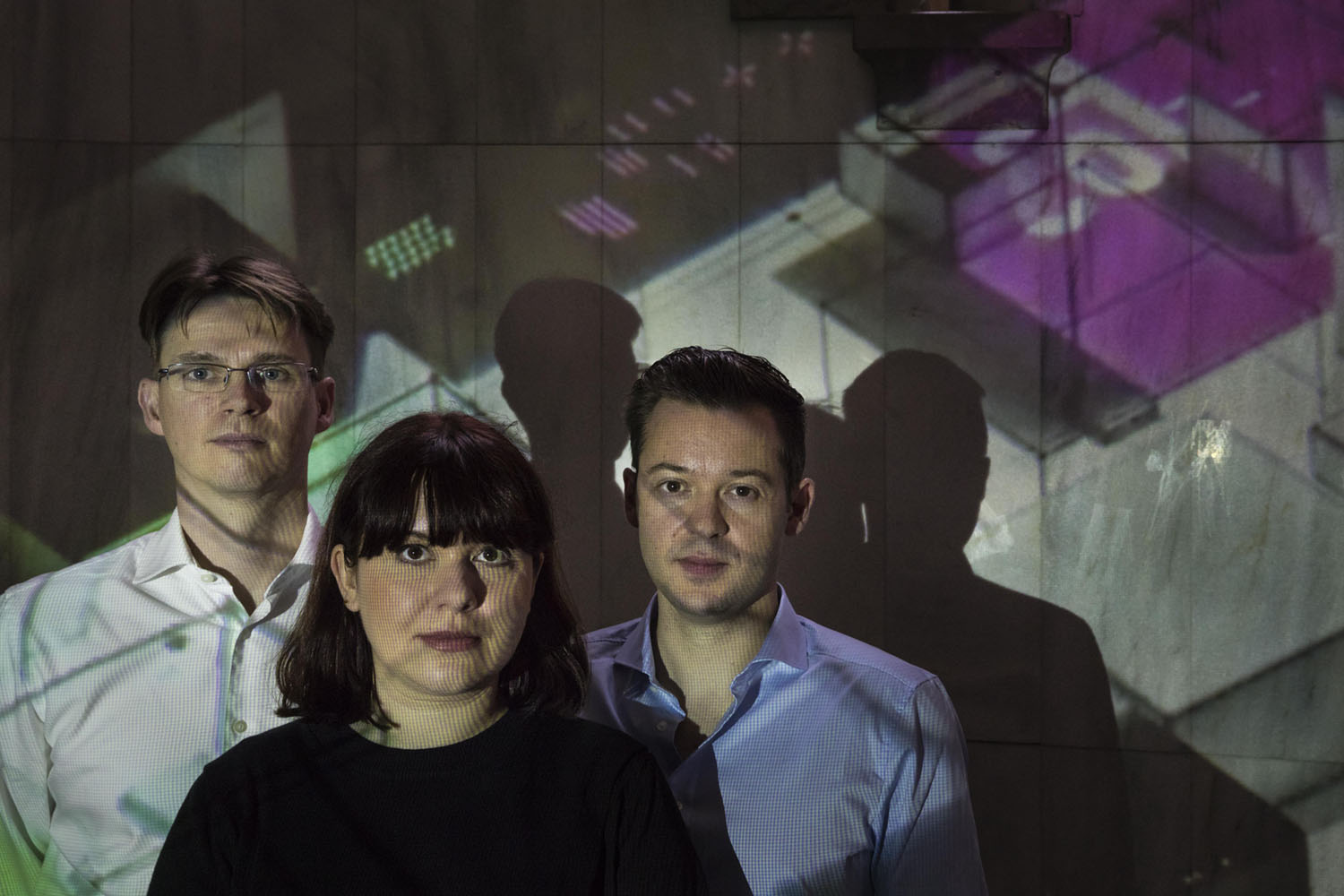
The goal: transparent, open-source algorithms
Software already exists that lawyers can use, but it is not user-friendly and comes in the form of commercial products that users need to pay for. Van Dijck: “As a consequence, you don’t know exactly how the algorithms work. We want to make them transparent. We work according to the FAIR principles (findable, accessible, interoperable, reusable) and aim to make things open source as far as possible, so that others can see, check and use them.” Schaper: “We’re trying to build a data infrastructure for legal research where the data are stored in such a way that you can apply algorithms to them that produce reliable results.” Van Dijck: “There are three phases: first create a data infrastructure, then develop AI or apply it in order to answer empirical legal questions. The first step in particular is essentially donkey work, but nonetheless important, because if you throw rubbish at AI, you get rubbish back.”
The prototype has already led to an important find
They are currently working on a network analysis tool that several bachelor’s and master’s students have already used for their theses. Schaper: “We try for example to show the links between verdicts in graphical form, so you can see at a glance how one verdict relates to another, whether there are few or many connections, and whether the verdicts can be grouped in some way. If you go to rechtspraak.nl [the database of Dutch case law] and search for a particular decision or keyword, you get a whole list of verdicts that you have to read to see how they relate to one another, whereas the computer can easily make those connections for you and present them visually. That’s the product we’re now trying to deliver.”
Successfully, so far, because although there is room for improvement from a technical perspective, one of their students already made a discovery using the prototype that had been overlooked in the literature. The resulting article will soon be submitted to an academic journal. Van Dijck: “In the case law, it was unclear how damages can be calculated in cases in which negotiations have broken down. Do you only compensate the costs incurred or also the lost profit? When can you claim what? Using network analysis, our student found at least one verdict that illustrates how you can approach this decision-making process. All the experts had overlooked it, but this young guy in his early 20s found it.”
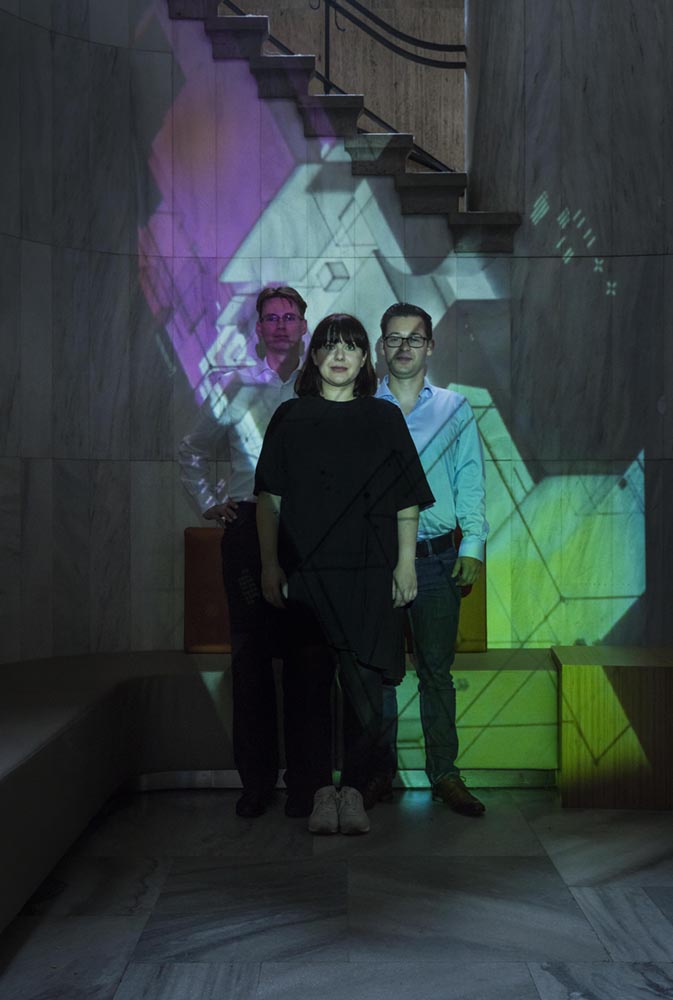
The development of the hybrid lawyer–data scientist
The Maastricht Law and Tech Lab, launched just over a year ago with three people, has since grown into a vibrant community of around 15 employees and two PhD candidates. Van Dijck: “What’s also unique is that our PhD students – both of them women – are being trained in both data science and law. The one who originally studied law is now following all sorts of computer science courses. The other graduated from the Department of Data Science and Knowledge Engineering [DKE] and is now taking legal courses; thanks to our platform, she’ll get her PhD in law. Likewise, several of our employees have dual appointments: with us and with DKE or the Institute for Data Science. So we’re developing a type of hybrid lawyer–data scientist. The same goes for the programming course we offer students, and the Legal Analytics elective that will be offered in period 5 for the first time. We want to familiarise students with the technology so that they can at least communicate with a data scientist.” Schaper: “What the Lab shows is that when you bring the humanities, social sciences and technology together, you arrive at something new.”
Lawyers and machines will work together in future
Whatever happens in terms of technological developments – from robot judges to e-Courts – neither Van Dijck nor Schaper worries that lawyers will become redundant. However, lawyers will have to get used to working with technology. Van Dijck: “There will always be a role for lawyers, because there are always complex contracts and complex matters that need to be settled, and that calls for a type of creativity that computers can’t provide. But standard things will be taken over by AI.” Schaper: “With the right input, a computer can put together a simple standard contract; lawyers are no longer needed for that. Compare it with a tax return. For people with one employer and a stable family situation, the data can be filled in pre-emptively by the tax authorities, all they need to do is press the send button.” Van Dijck: “Not every lawyer needs to know how algorithms work, but in the future it will help if you know how to handle the technology.”
Also read
-

Frederik Claasen, the head of policy at our partner organisation Solidaridad Network on the opportunities and obstacles facing smallholder farmers in their data ecosystems.
-
Frans Verhey, professor of Geriatric Psychiatry and Neuropsychiatry is proud of what the Limburg Alzheimer’s Centre has achieved and of its team, which works tirelessly to improve the quality of life of people with Alzheimer’s. “Alzheimer’s tends to be seen as a horrible, deadly brain disease that...
-
Anne Roefs was awarded a Vici grant of €1.5 million. The professor of Psychology and Neuroscience of Abnormal Eating, was tossing up between a career as a scientist or a top chef.
- in Featured
- in Human interest
- in Researchers
- in Students
